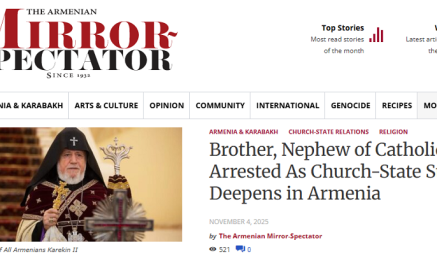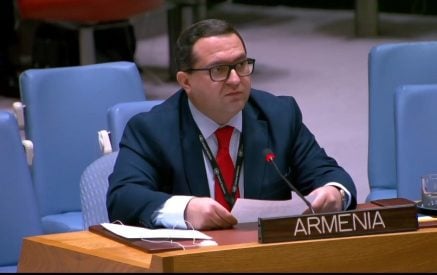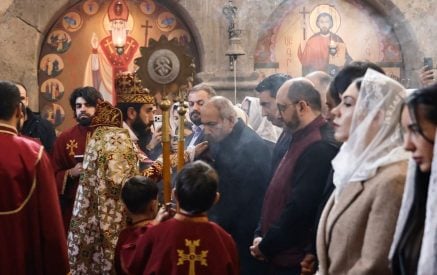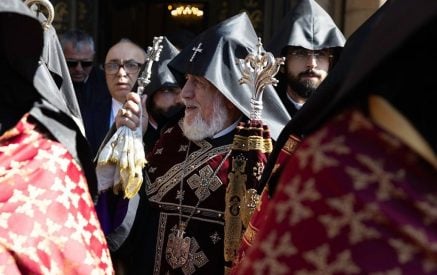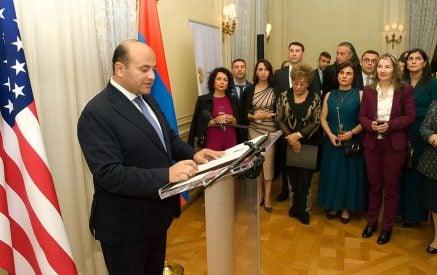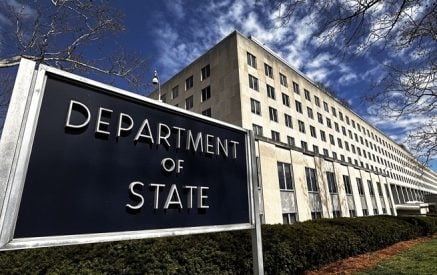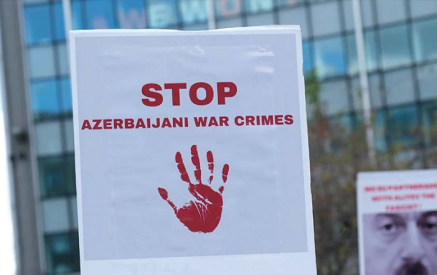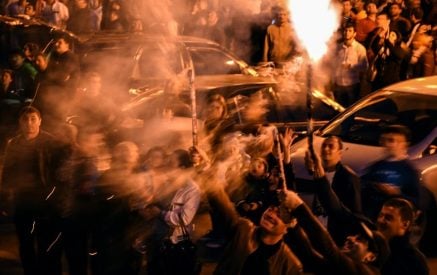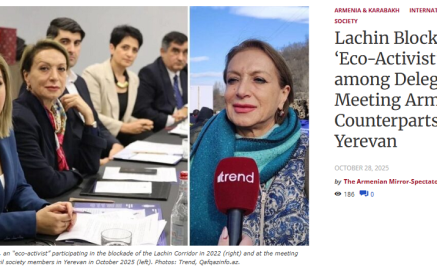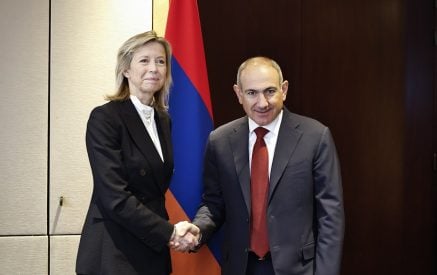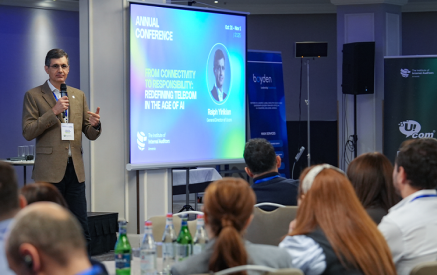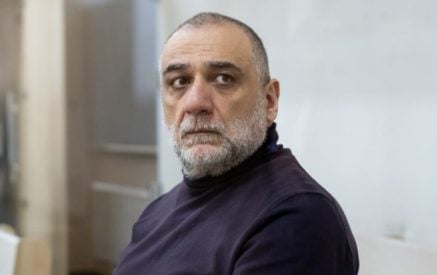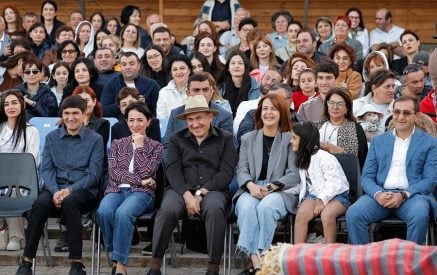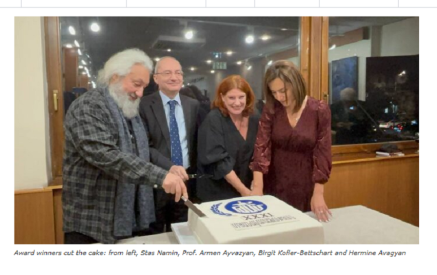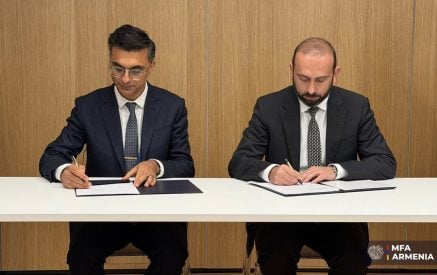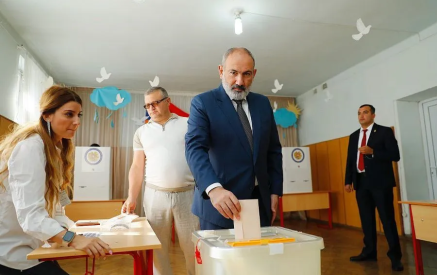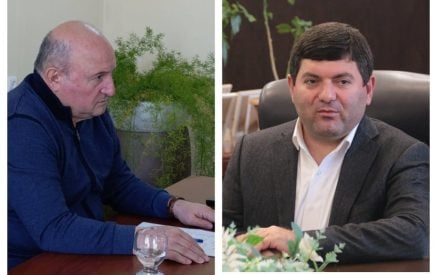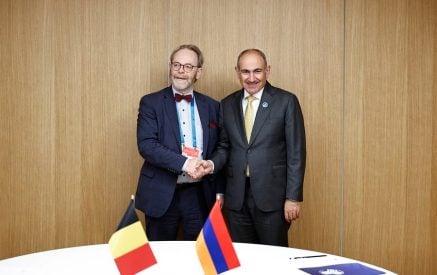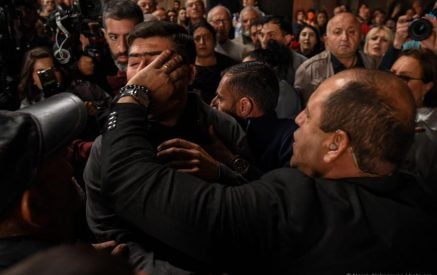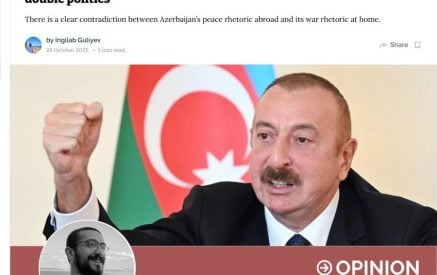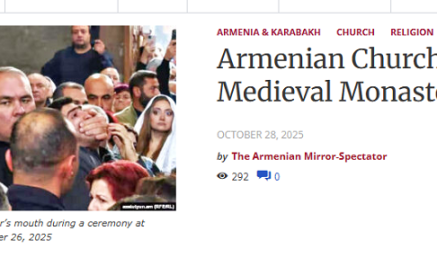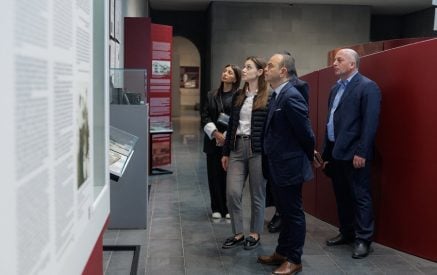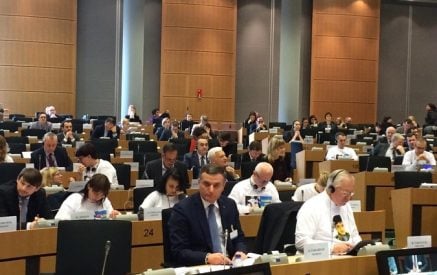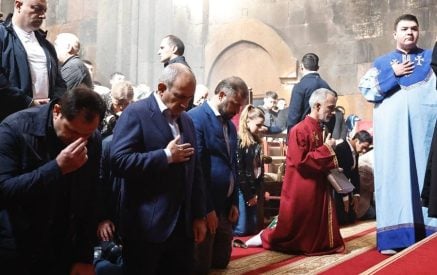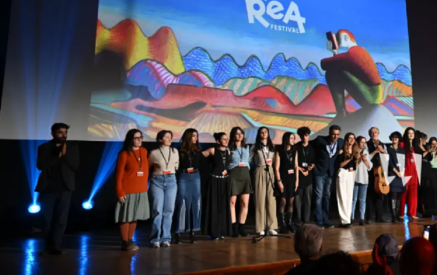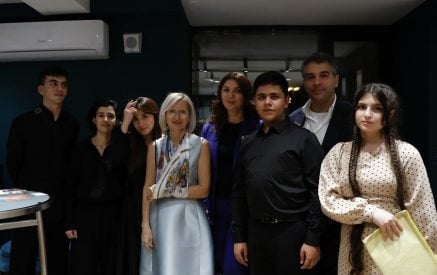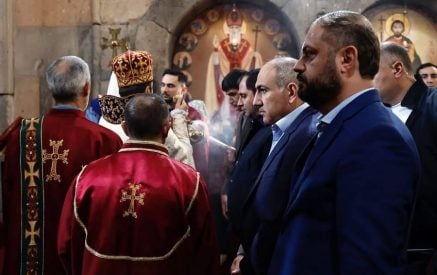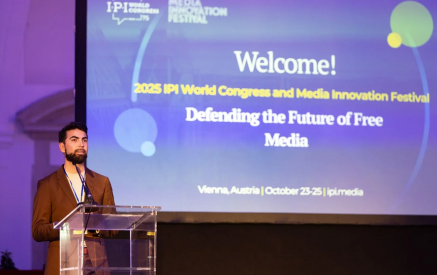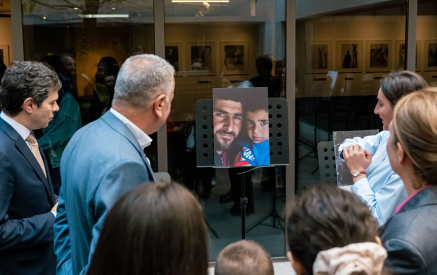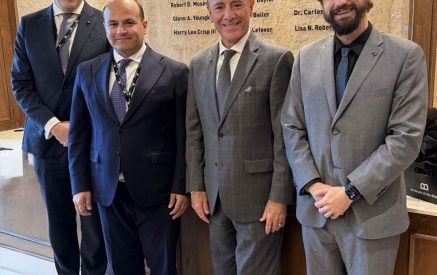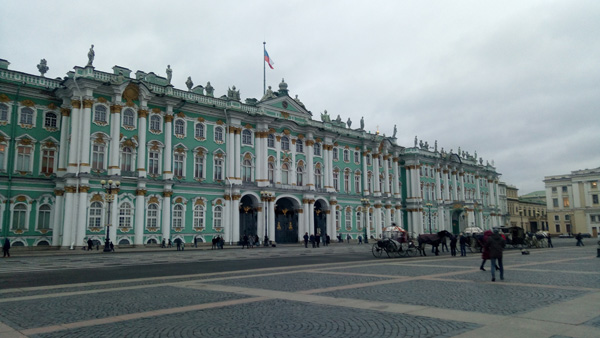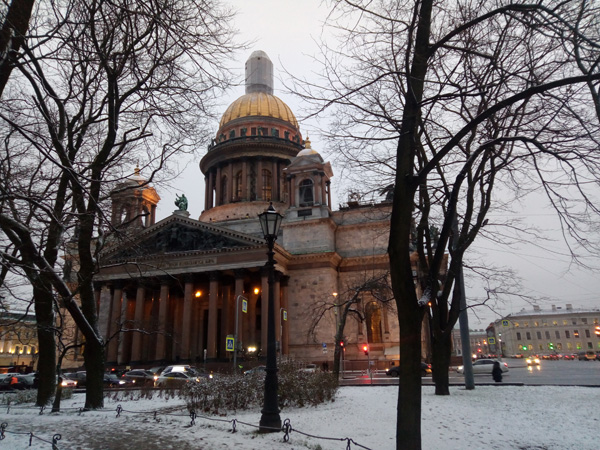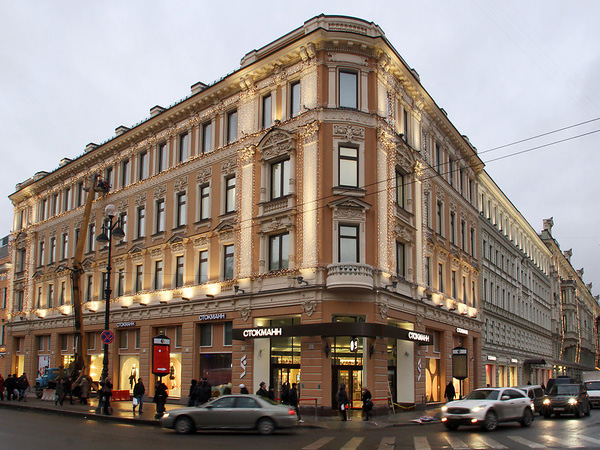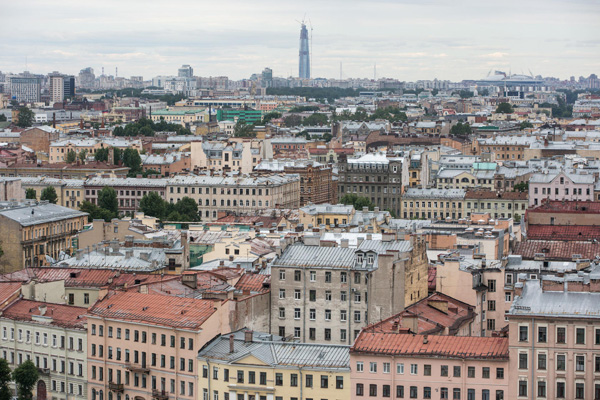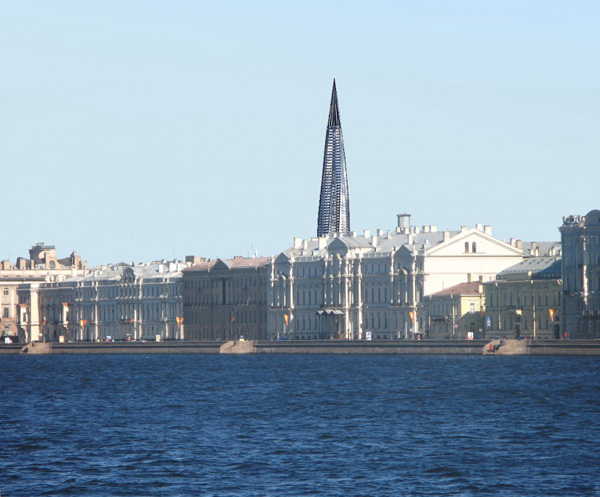In the Soviet years, when no opportunity of traveling Europe was in place yet, the most famous and wanted route for our grandparents and parents within the USSR borders was Leningrad. The Soviet Union collapsed, the roads to Europe opened, but Leningrad or today’s Saint Petersburg was not forgotten. Well, and today the capital of former Tsarist Russia receives tourists not only from former Soviet states, but from all over the world. St. Petersburg is not the capital now, but it wears the title of “Russia’s cultural capital” with honor.
Saint Petersburg attracts the tourists by 2 most important virtues: one of them, of course, it Hermitage – one of the museums having the largest collection of art, and the other virtue of the city is its preserved architecture as it was still in the times of Peter I. And due to this the historical center of St. Petersburg is a part of UNESCO international heritage.
However, there is an exception: if St. Petersburg is a city having preserved its old architecture perfectly, with beautiful low buildings and excellent combination of colors, in the eyes of the Petersburg residents the image is different. The city sometimes stands before the danger of losing its features and has a need of people to fight for its rights, similar to Yerevan.
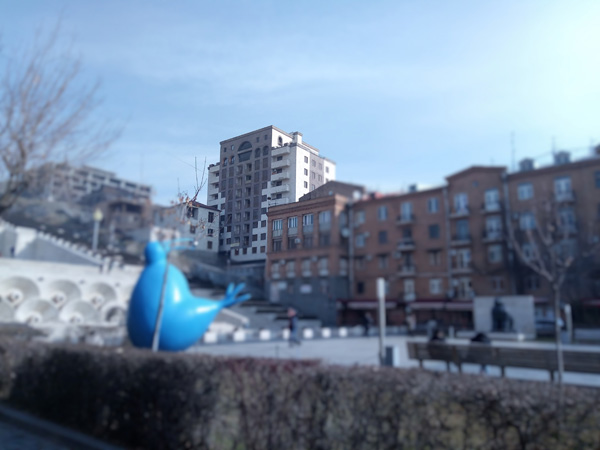
It was difficult to see issues present in St. Petersburg after the prestigious buildings being built in the center of Yerevan through years, spoiling the city’s symmetry and Tamanyan’s layout nevertheless. But the Petersburg residents do not skip noticing the euro windows having appeared in a few of the old buildings of their own city, and they do not forgive the demolition of a few buildings which were carefully kept through centuries. Years ago, when the old buildings were being demolished in the center of Yerevan with the aim of building the Northern Avenue, the protests, marches and boycotts were not few here as well. A lot of people also promised never to walk on Northern Avenue, bypass that part of the city. To bypass the Avenue is of course difficult today, but the damage the symmetry of the city has acquired is evident.
Stalkman
Protests and marches, just like it was here, took place in Nevsky Prospect of St. Petersburg against Finnish Stalkman mall years ago. And for the construction of the mall it was required to demolish the old buildings. The Finnish company did not agree on the restoration simply. The old buildings were destroyed and the mall was eventually built, the façade part was the incorrect copy of the historical buildings with added glass components, the most dangerous, however, are the underground parking lots built in the building.
Let us remind you that St. Petersburg, in essence, is built on bogs and an extensive underground building of such kind do not correspond to any standard. Even today most of the activists do not visit that mall.
Lakhta Center
However, it is not always that the protests of St. Petersburg residents have remained without a result. In 2012 the center of the city would have looked completely different if not the efforts of the activists and the organizations engaged in the protection of the city.
“Gazprom” company intended to build a 396 m. skyscraper in the center of the city. By the way, it was banned to build higher than 40 floor-building in that part of the city by law. After a row of manifold court procedures, boycotts and protests the newly started construction of the skyscraper was finally ceased, but the story did not end. Okhta Center was simply shifted to a few km farther from the historical part of the city, becoming a Lakhta Center. And the height increased by 100 meters than planned.
The constructions of Lackta Center will be finished this year. However, it is seen from any spot of St. Petersburg already. And if in the St. Petersburg, reminding of a European city, the citizens regard the newly build skyscraper as a beast spoiling the look and the symmetry of the city, then a question comes forth – which one is the beast in our city?
Arpi BEKARYAN


